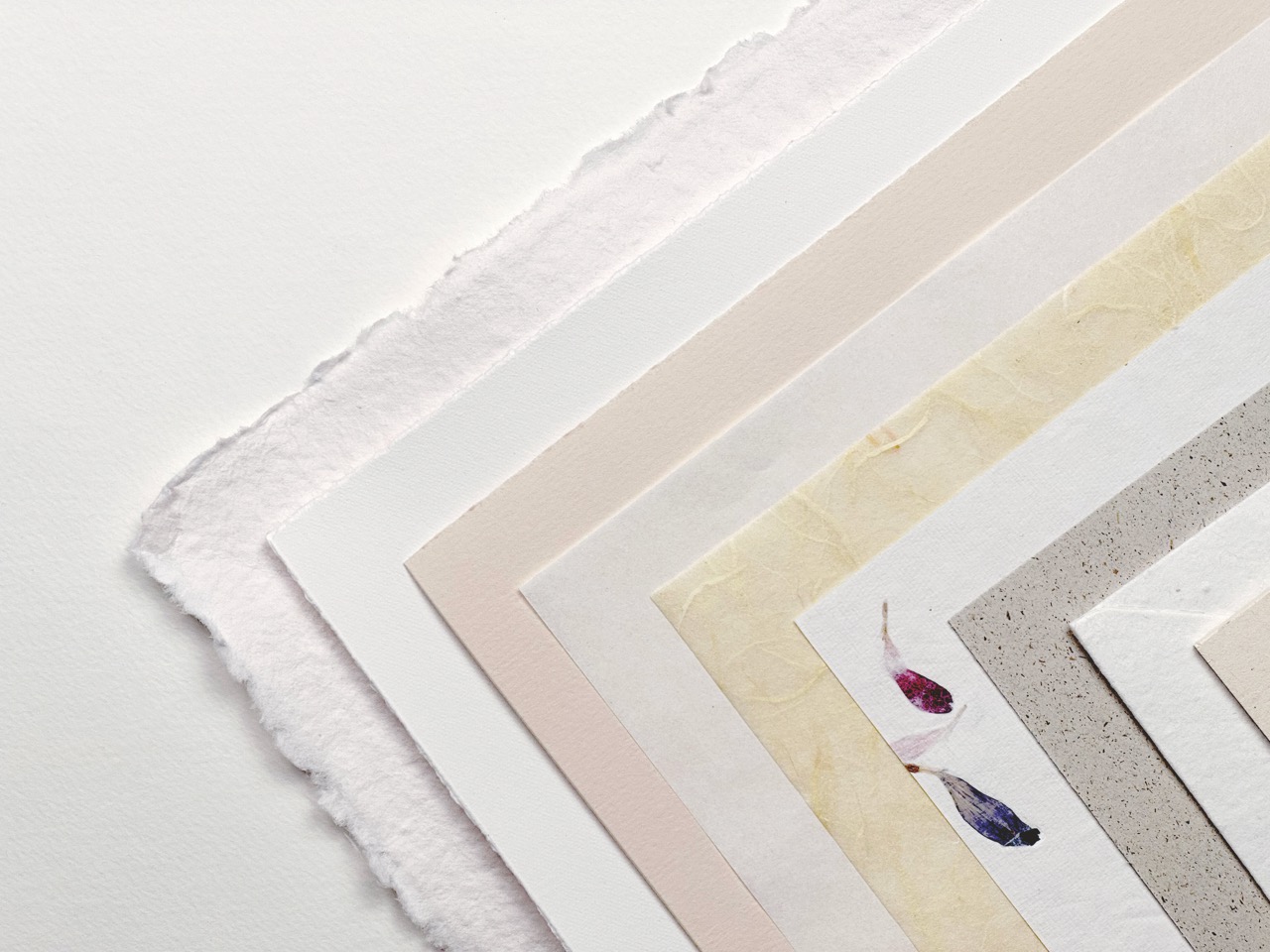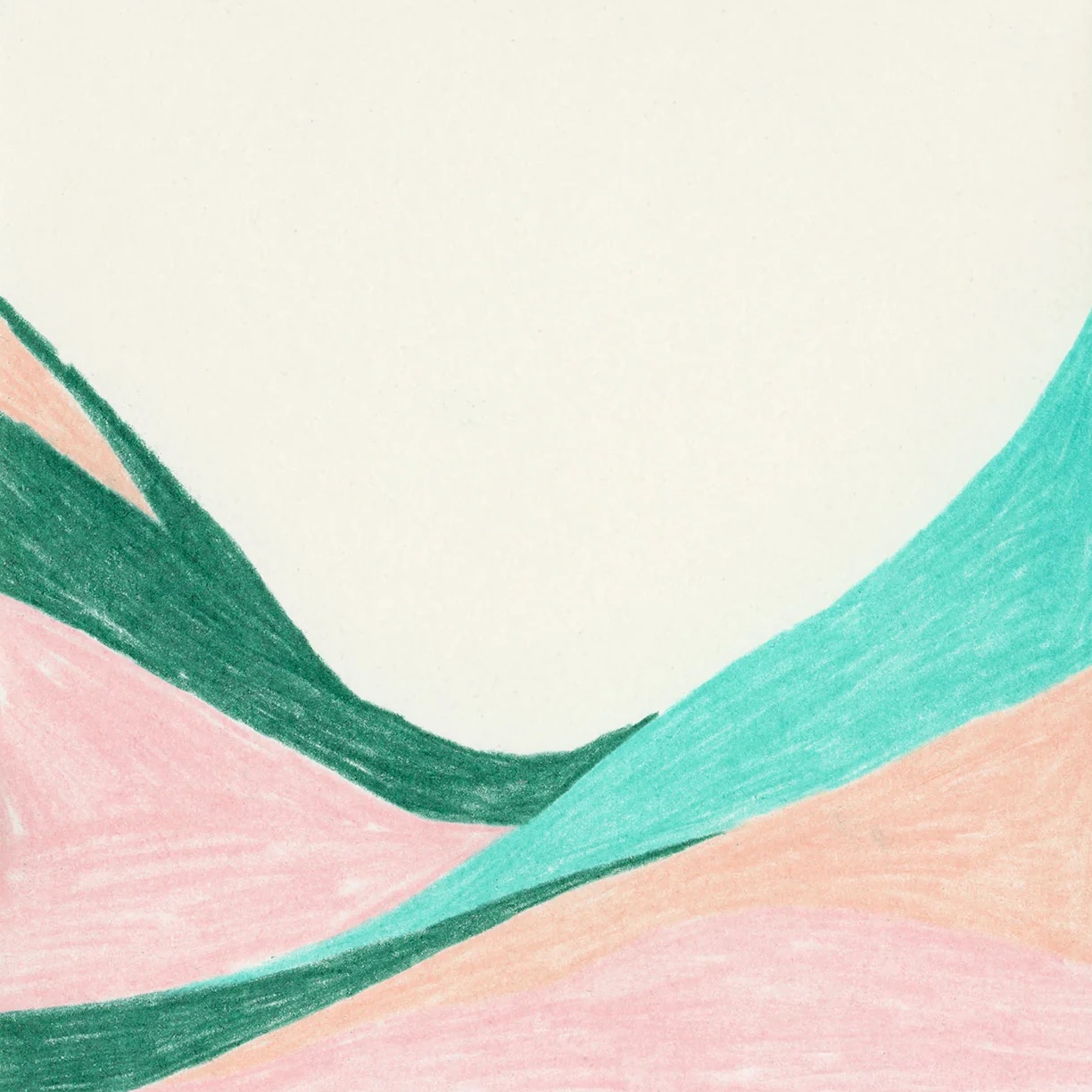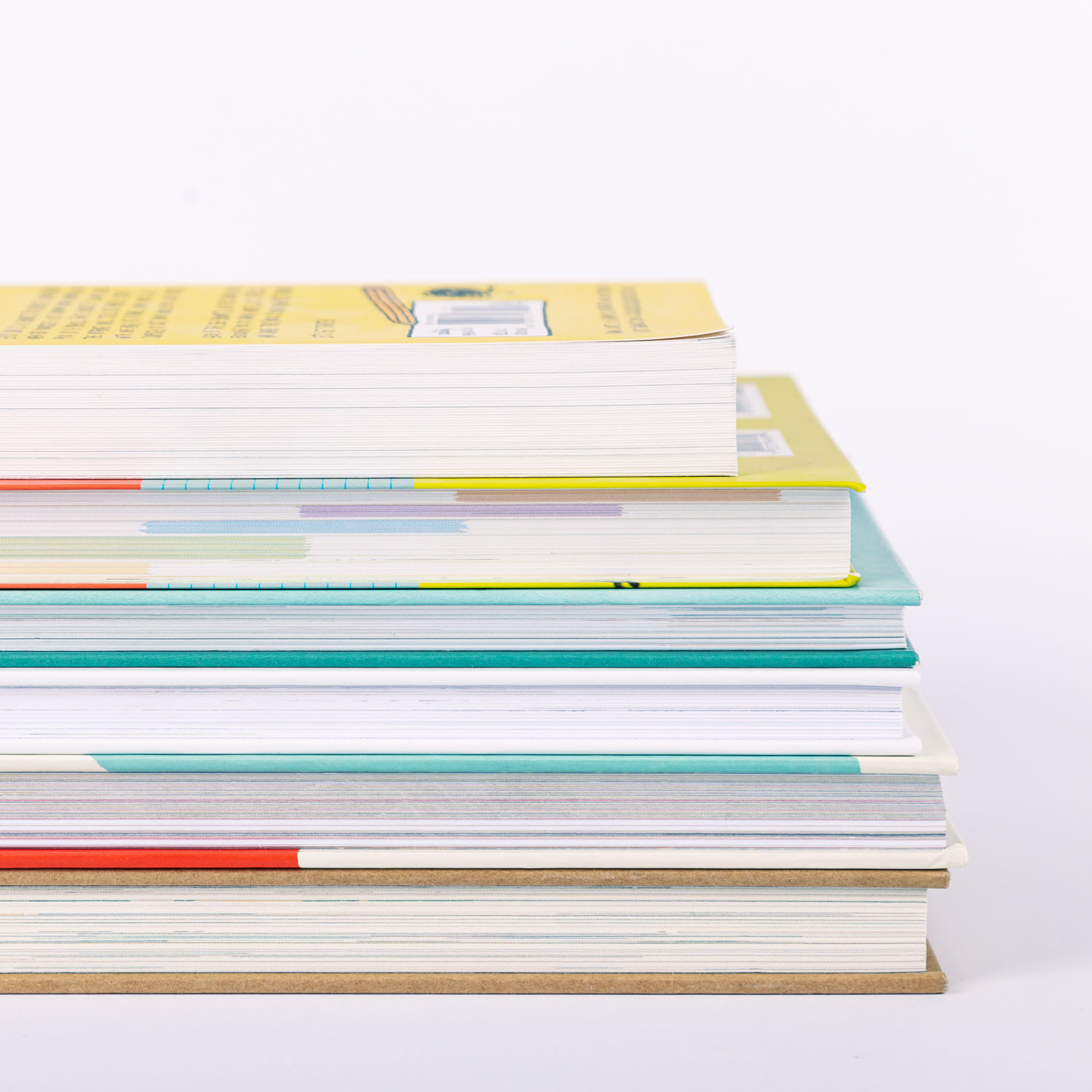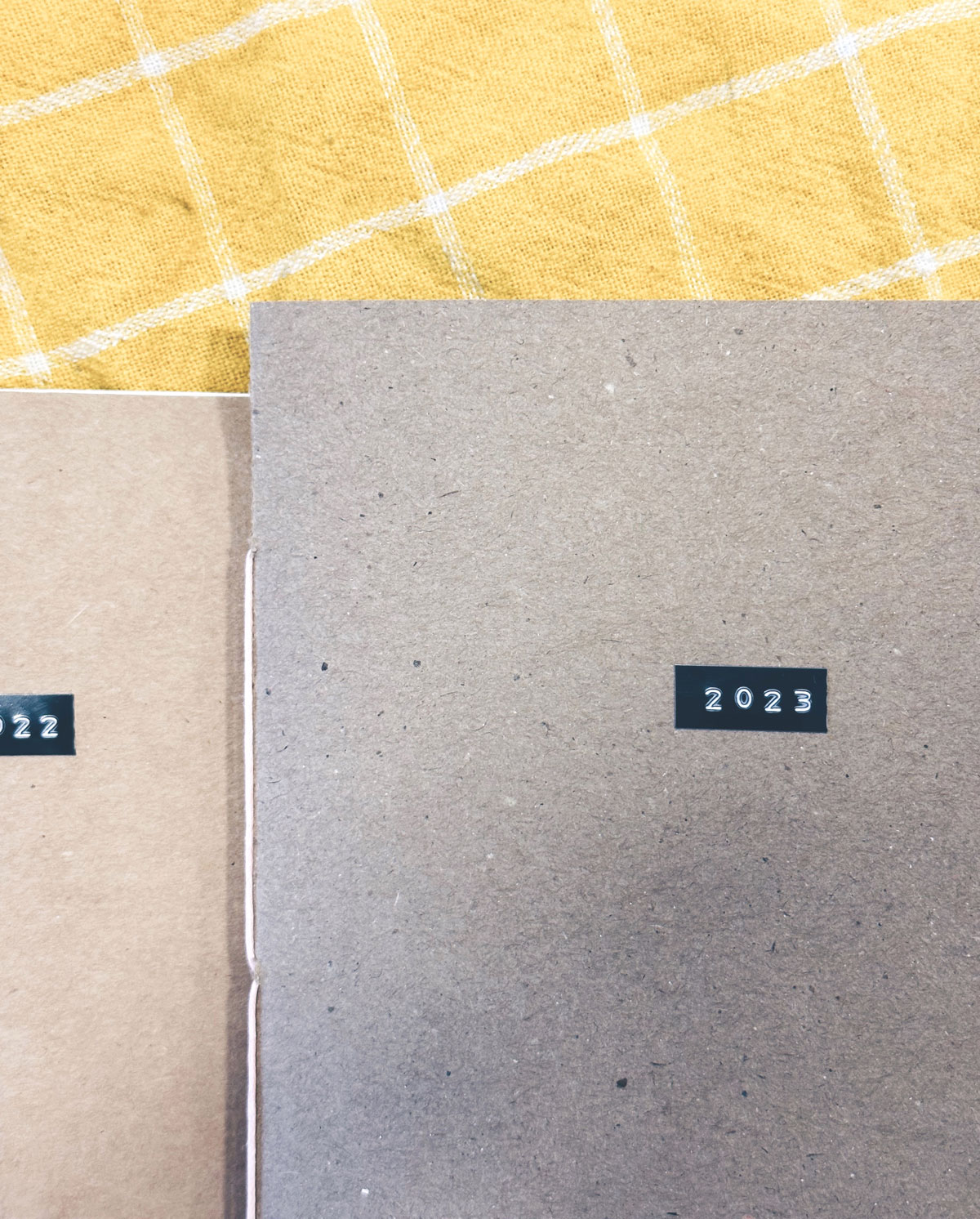One question I get asked often, both in workshops and online, is what materials I use for the Tetrapak intaglio technique.
So here it is: a list of my go-to tools and materials for intaglio printmaking with recycled milk and juice cartons. Please note: This list contains affiliate links, meaning I get a commission if you decide to make a purchase through my links, at no cost for you.
If you're looking for printing press alternatives, you can find some ideas in this post.
Tetra Pak containers
For Tetra Pak printmaking, recycled drink cartons, such as juice or milk cartons, are used as printing plates.
Some containers have an inner aluminium layer, others don't.
Both types are usable, but in my experience, cartons with a metallic lining are more stable and durable during the printing process.
The shape, size, and folds of the carton can influence both how you design your plate and how the final print appears.
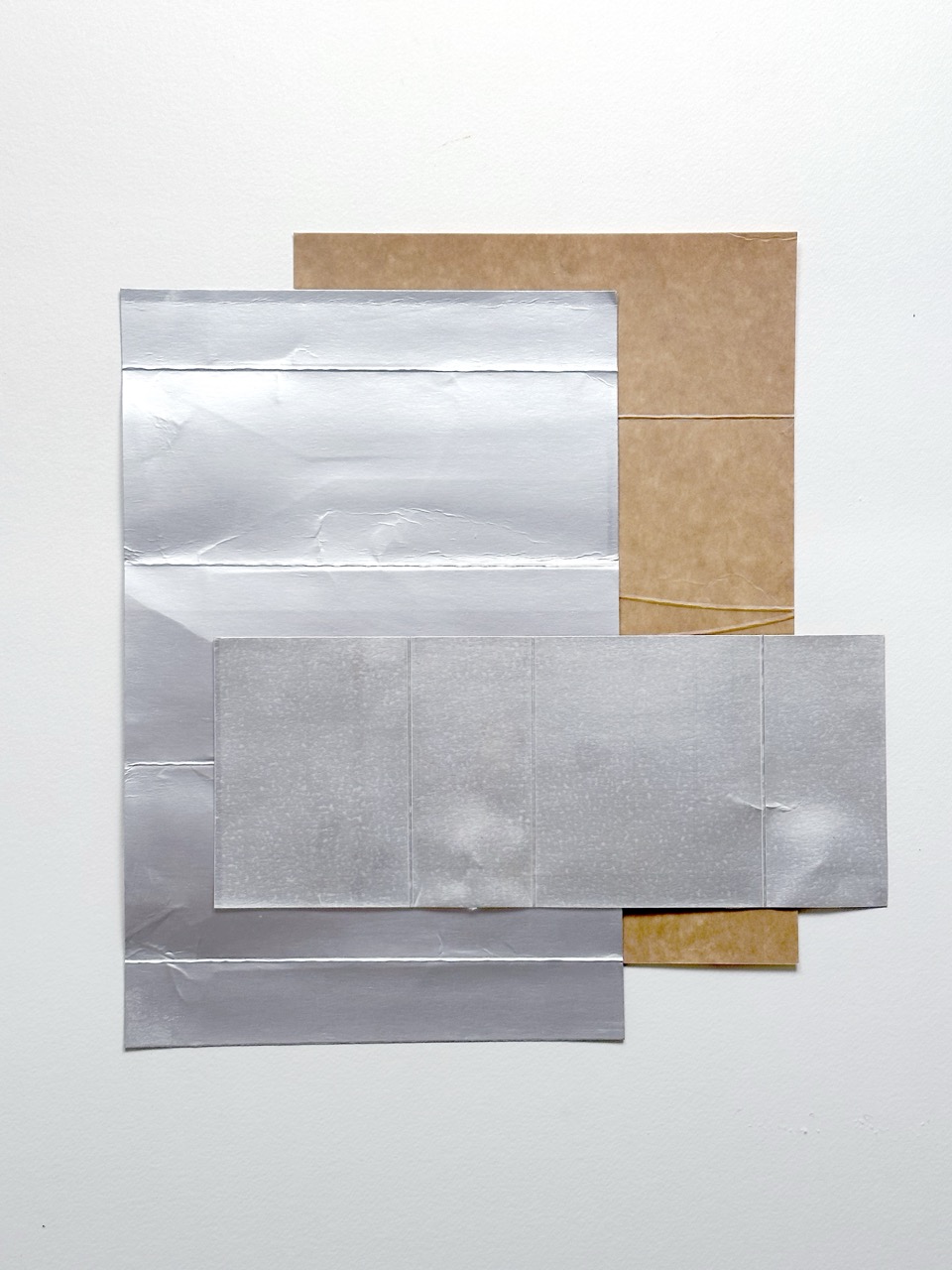
Ink
I use Cranfield Caligo Safe Wash or Charbonnel Aqua Wash Intaglio inks. These are high-quality, oil-based, water-washable inks.
Etching ink works better than relief printing ink because it's and stays in the grooves of the plate much better. But if you already have some relief printmaking ink, try using it; in my experience relief ink works well too and you don't need to buy extra materials.
Charbonnel Etching Ink
Non-toxic, low-odor intaglio ink that cleans up easily with soap and water, no solvents needed. It offers high lightfastness, is suitable for all etching and relief techniques, and comes in 24 mixable colors.
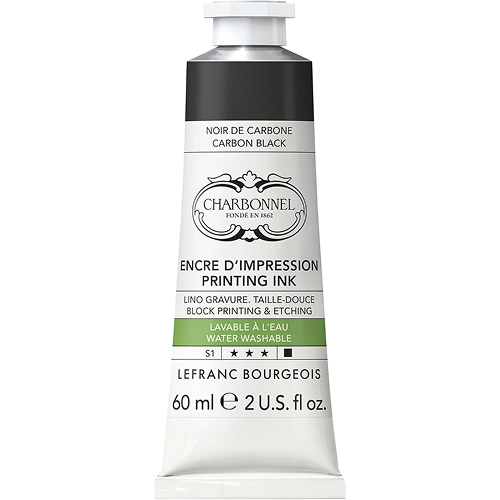
Cranfield Caligo Safe Wash Etching Ink
Caligo Safe Wash is an oil-based, water-washable intaglio ink suitable for all traditional techniques like etching and aquatint. It matches the handling of classic copperplate inks, but cleans up easily with soap and water, no solvents needed.
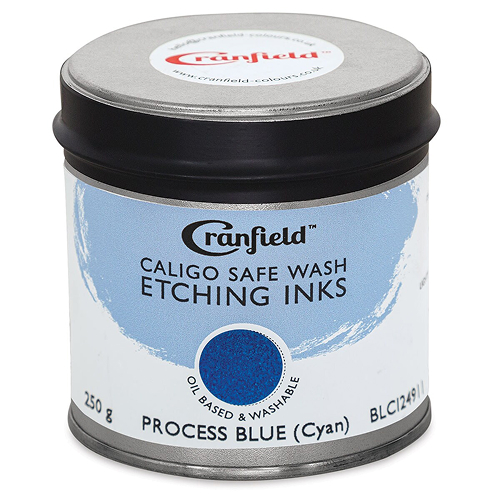
Paper
For intaglio printing, I use copperplate paper from Hahnemühle and Fabriano (Rosaspina, Tiepolo). You can also experiment with handmade or watercolor papers—anything that can be dampened and hold an impression.
For relief printmaking, I prefer to hand-print and use Wenzhou paper.
Hahnemühle Copperplate Printmaking Paper
High-quality, acid-free mould-made paper with natural deckle edges, excellent absorbency, and outstanding aging resistance. It's ideal for intaglio and other printmaking techniques, available in natural or bright white with soft or hard surfaces.
Artway Indigo Cotton Rag Paper
Handmade cotton paper made from 100% recycled cotton, 250gsm, medium-textured paper. Acid-free. Natural deckle edges and artisanal character.
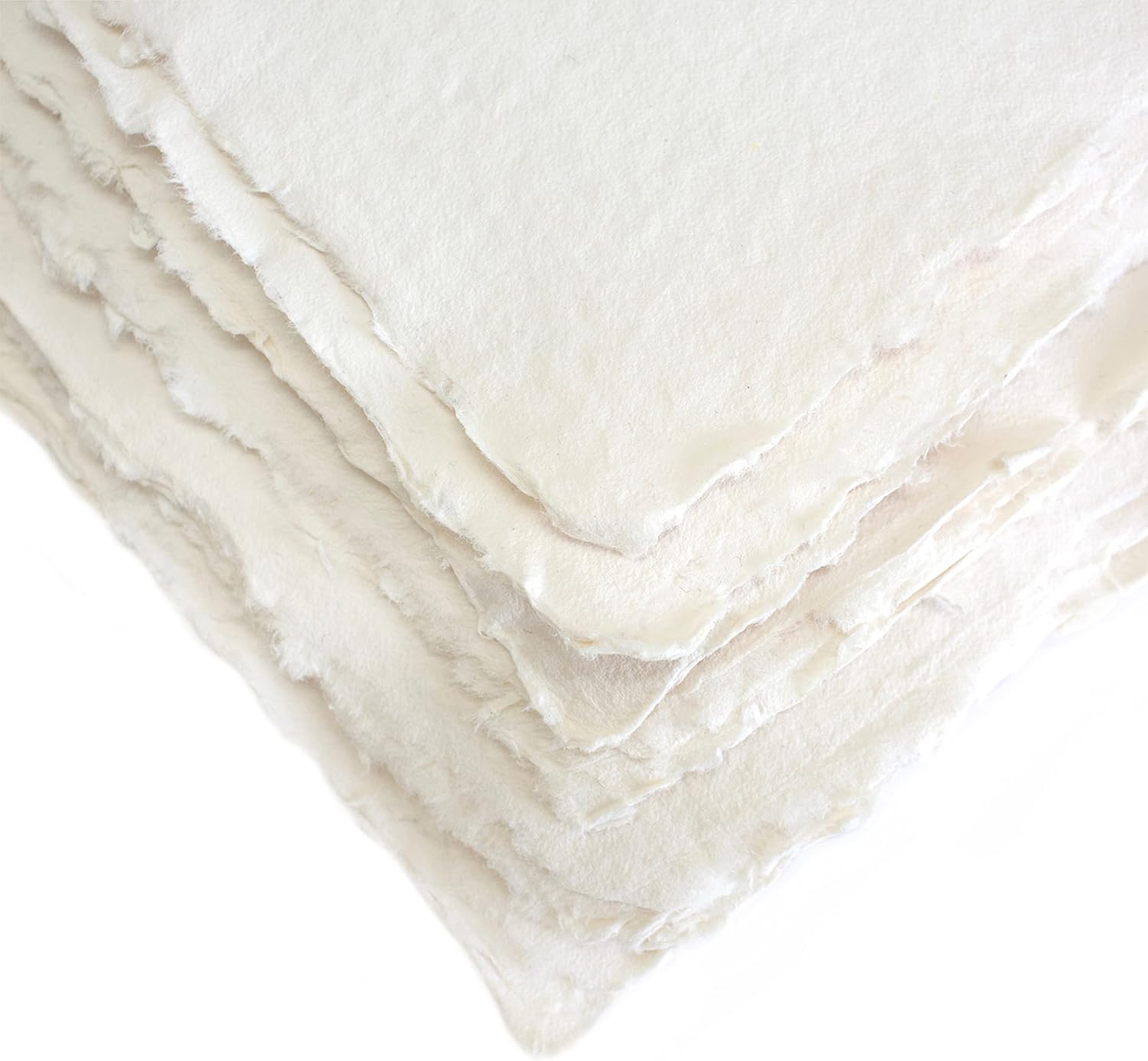
Fabriano Rosaspina
FABRIANO® "Rosaspina" is a high-quality mould-made printmaking paper made from 60% cotton, featuring two deckle edges and a watermark. It’s acid-free, highly durable, and suitable for all printmaking techniques, available in white or ivory and in two weights (220 & 285 gsm).
Tools
I use simple tools like etching needles and tracing wheels to create lines and textures on the Tetra Pak plates.
Printing press (or not)
No etching press? No problem. I often print with a pasta machine with great results. You can easily find cheap used ones, or you might even find a pasta machine hiding in your kitchen!
You can find a list of alternatives to printmaking without a printing press here.
Other helpers
Some other useful tools for the Tetra Pak printmaking technique are tracing paper, overhead transparencies, and a glue roller to prepare the plates and transfer designs.
In closing
I hope this list helps you get started with Tetrapak intaglio printmaking!
The most important thing is to experiment, play, and enjoy the process. If you've tried any other materials that are useful for this technique, I'd love to hear from you, drop me a message and let's nerd out about printmaking <3
And if you're looking for more guidance, my book "Experimentelles Drucken" (Haupt Verlag, 2024, in German) is full of step-by-step projects, tips, and inspiration.
